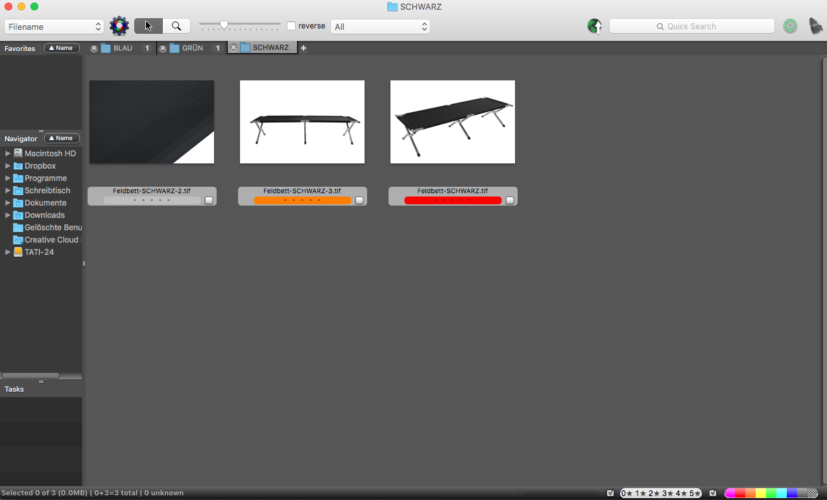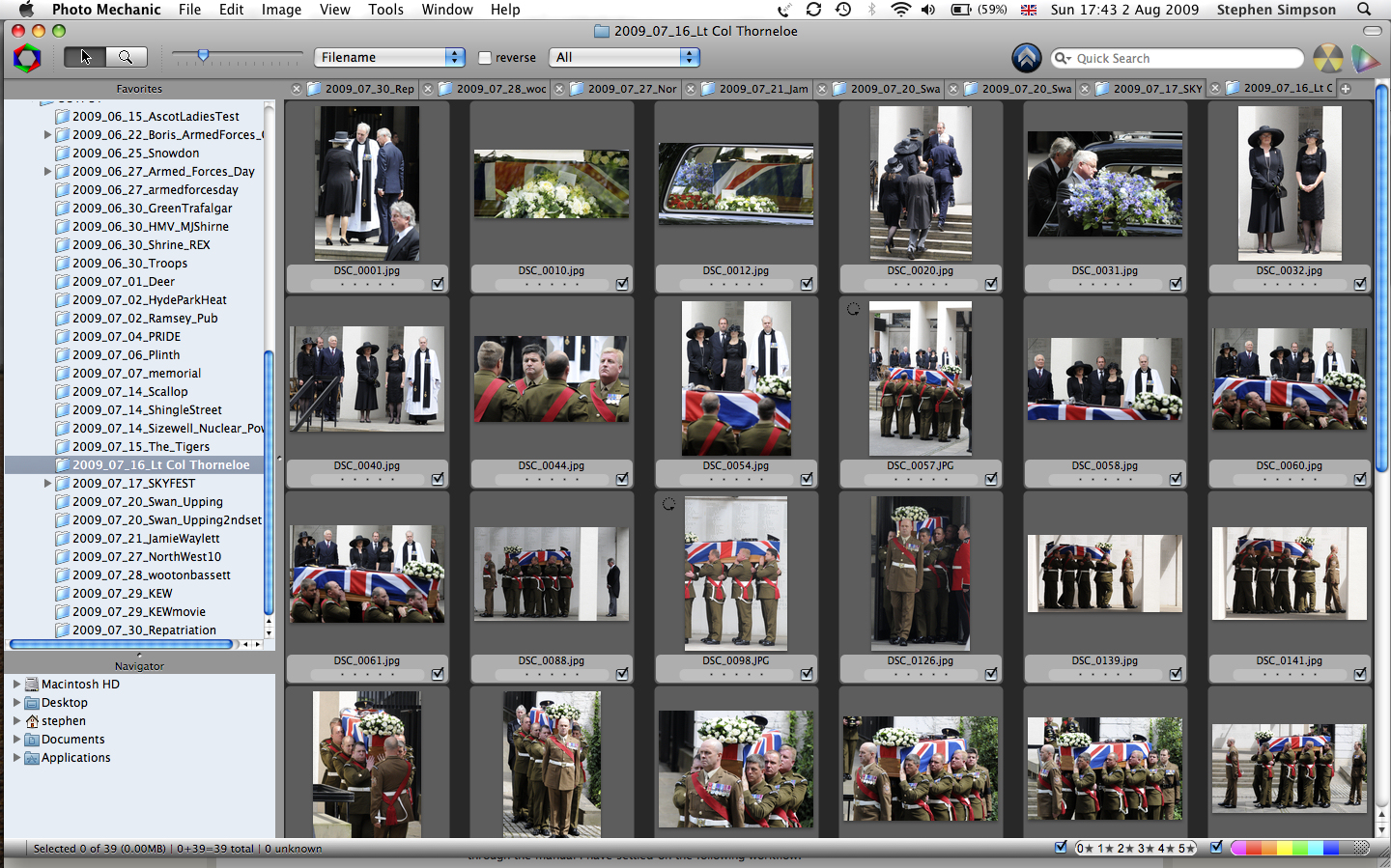

I’m a landscape photographer, and travel is part of the job.


I use 3 Smart Collections for my editing funnel: Candidates, Processing, Published.Ready, Set, Go… Get Organized With Photo MechanicĪs a photographer myself, I like to be very organized and efficient when I start the editing process. The next step is to move all my “keepers” (flagged photos) to my editing funnel to help me to track the progress. Use the top menu: Photo > Delete Rejected Files. Use the keyboard shortcut CMD + DELETE (Mac) or CTRL + BACKSPACE (Windows). The final step is to delete rejected photos and forget about them. Now I want to show you how my culling process logically transitions to the processing phase. I deleted unwanted images, and I identified photos ready to be processed. And I often discover images with great potential.Īt this point, the culling process is completed. I have a routine to go through my unflagged photos once a year or so with the hope of finding initially missed jewels. Photos without flags are not going to my processing funnel, but I do not delete them. It is a very subjective process, and sometimes it takes a judgment call to flag or not to flag a particular photo.īy the end of this step, I have three types of images: flagged (keepers), rejected, and photos without any flags. The process of flagging the keepers takes longer compared to rejecting unwanted shots. The Lightroom adds the flag icon to them. I use the shortcut F to flag the selected photo as a keeper. Next, I go through the entire folder of photos one by one, trying to spot the images I want to keep. I also hit the CAPS LOCK key to activate the AUTO ADVANCE mode. I press shortcut E to enter the Loop View of the Library Module. I plan to process and publish them in the future and hopefully include the best ones in my portfolio. But instead of rejecting photos, I flag the most exciting images as the keepers. I use a routine similar to the previous step. Identifying the keepers is my favorite step of the culling process. I go through an entire collection of new photos in a matter of minutes, concentrating only on one task, flagging unwanted photos as rejected. If you cull photos with people, the apparent flows can be a model with closed eyes or in an awkward pose. When flagging the photos as rejected, I always look for obvious flows such as out-of-focus shots, accidental shots, photos with wrong exposure (blown highlights, clipping shadows). I always use the AUTO ADVANCE mode it is a huge time saver. You activate the AUTO ADVANCE mode by hitting the shortcut CAPS LOCK, which tells Lightroom to advance to the next photo after flagging any given image. I use Samsung EVO SSD drives.īy default, after rejecting any given photo, you need to use the arrow key to advance to the next image unless you activate the ADVANCE model.

Solid-state drives (SSD) are the best option. Make sure to choose the fastest hard drive for your photo library. When you manage larger photo libraries in Lightroom, its performance and responsiveness suffer. Here are some guidelines I follow when managing my photo library: Use the Fastest Drive for New Photos Use the color labels to ented the “keepers” to the editing funnelīefore you start culling your photo collection, make sure you have a comprehensive and logical folder structure on your computer’s hard drive.Use the shortcut “P” to flag the photos you want to keep (keepers).Reject unwanted photos by flagging them with the keyboard shortcut “X”.Import all new photos into a single folder.To cull photos in Lightroom fast and effective, I repeat the following steps every time: In digital photography, you perform culling using photo organization programs like Lightroom, Bridge, Photo Mechanic, etc. The goal of culling is to reduce the number of images to the most appealing and technically sound ones with the potential for publishing or delivering to clients. What is Culling in Photography?Ĭulling, also known as “trimming,” is the process of removing unwanted photos from your library and identifying ones you want to keep. With the new culling approach, I have more time for exploring and traveling and less time in front of a computer. It also motivated me to streamline and optimize my culling process in Lightroom.
PHOTO MECHANIC 5 LIGHTROOM PROFESSIONAL
When I learned that, on average professional photographers spend between 10% and 14% of their time culling images in photo organizing programs, I was shocked. It costs us dearly in the time we spend culling and processing. As a result, nearly all of us overshoot, taking more images than necessary. But there is almost no extra cost to take an additional photo in contrast with film photography. Digital photography equipment is not cheap.


 0 kommentar(er)
0 kommentar(er)
